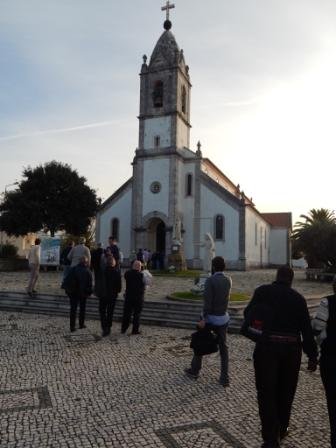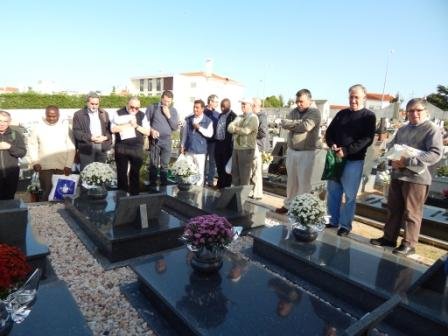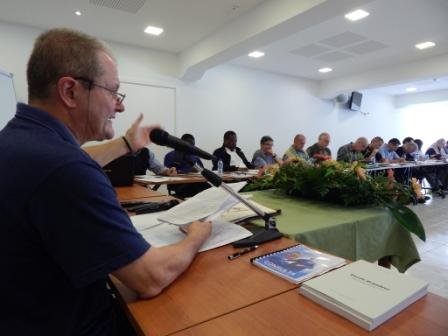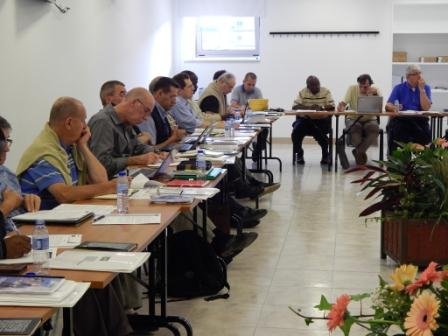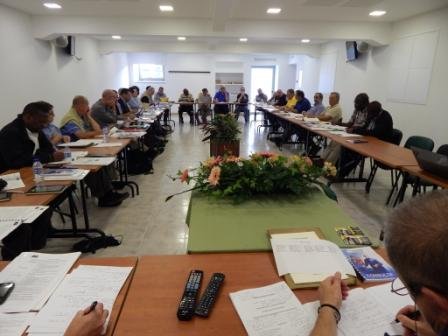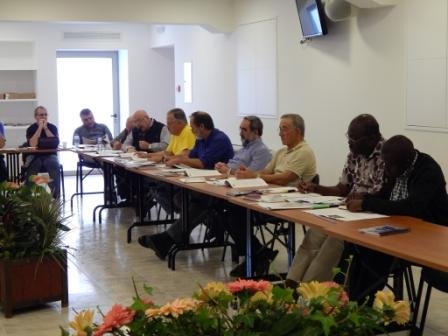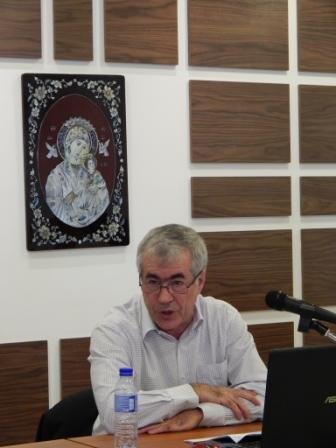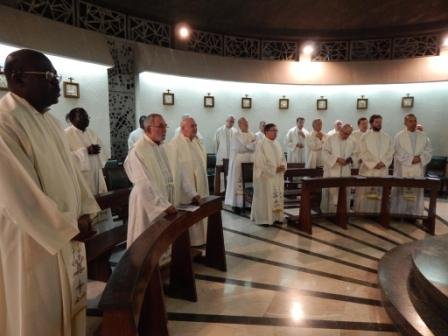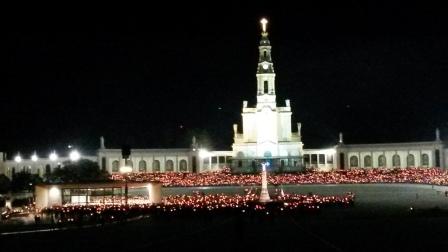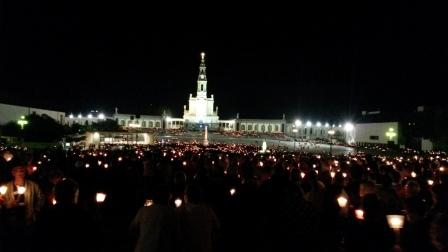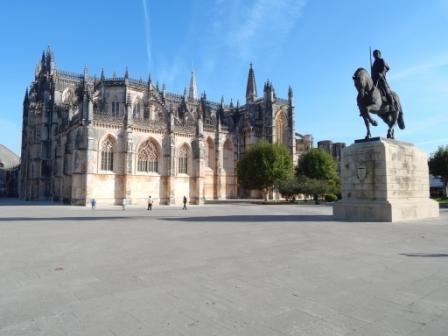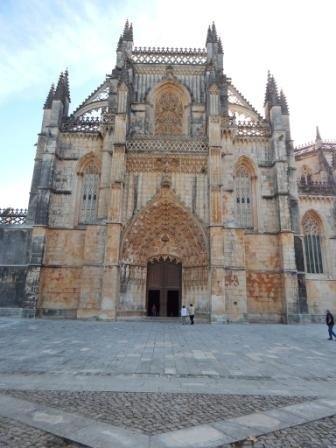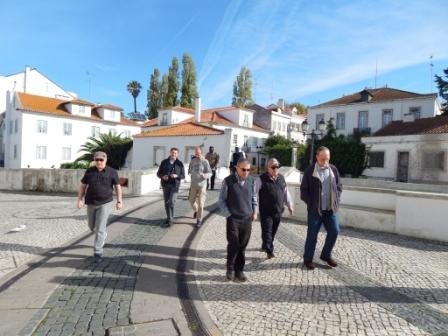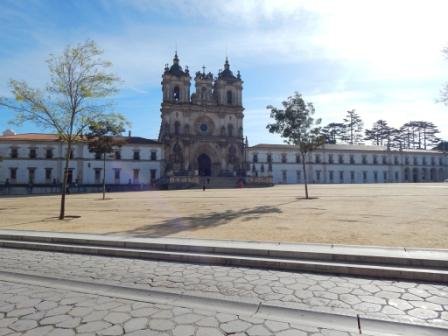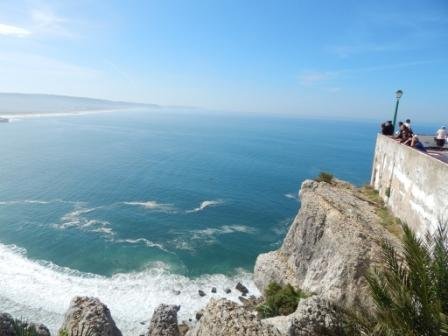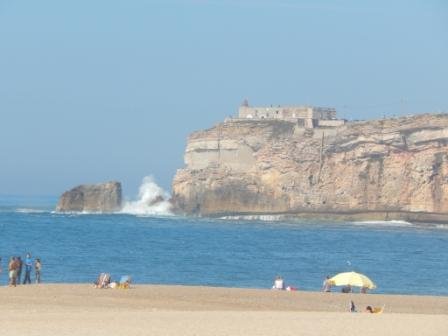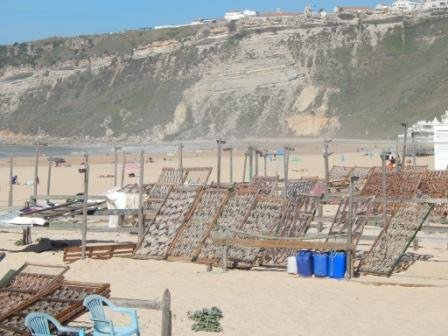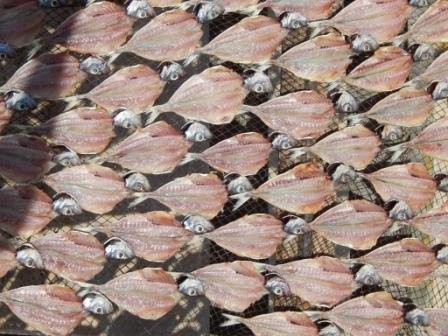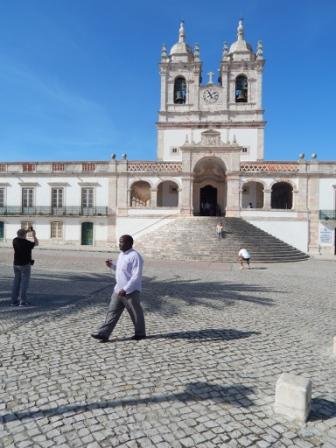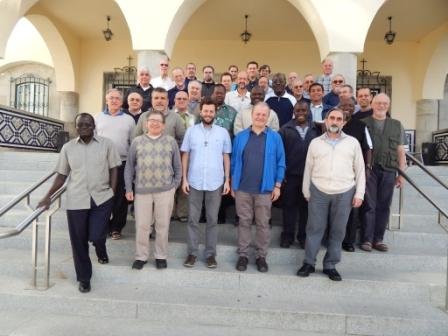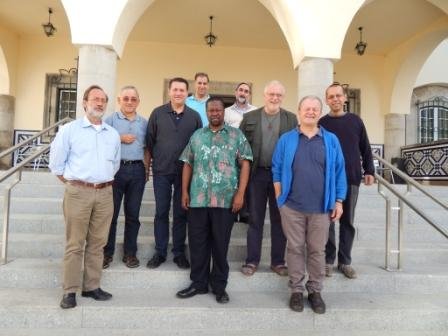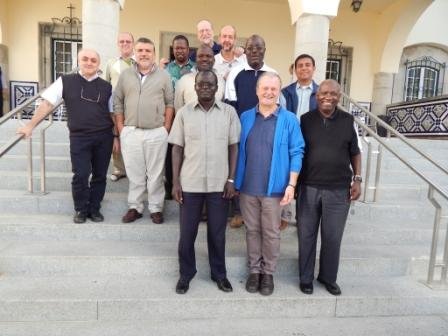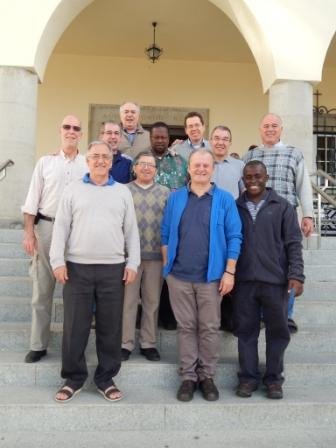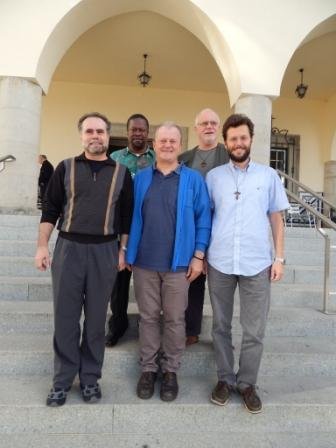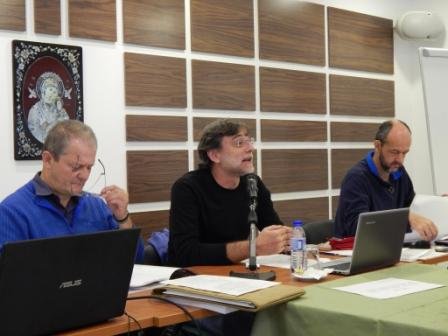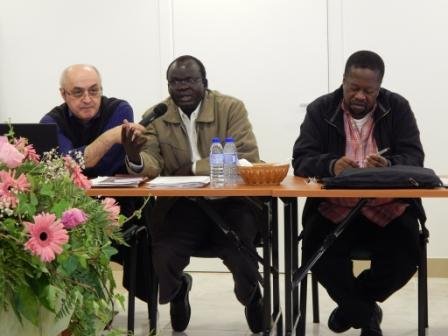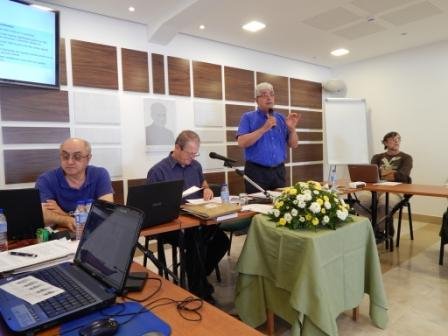After a busy week working hard, on Saturday 25 and Sunday 26 we granted ourselves two days of rest to “draw a little breath” and regain energy and clarity. Some got the chance to gather as Continents and discuss their issues. Others, as the weather was great, scattered around in groups large and small. Some chose to stay in Fátima to go to the Shrine, pray and attend the evening liturgical events that took place there. Others took the opportunity to see the historical abbey of Alcobaça and the monastery of Batalha; ending their outing with a tour to Nazaré, a charming resort on the shores of the Atlantic Ocean. In the past, Nazaré was a fishing village; now it is a touristic attraction, famous for a church with a statue of Our Lady 17 centuries old, and also because, from the height of its cliff one can hear the “roaring” of the ocean.
On Monday 27 we resumed our meeting with enthusiasm. We worked together on the plan of renewal or revitalization The revitalization of our Society is the path our GD is showing to us: a path for us to follow in order to find an answer to the existential issues our missionary family is currently experiencing. Revitalization is to acquire new energy, a new inner life. Revitalization is the new wine of the Gospel. Revitalization needs restructuring as new wine needs new wine skins! Revitalization concerns us, missionaries, as people. It implies our personal and communitarian conversion as it is called for in the report of the GD for the Consulta. A conversion that has to bring each one of us to welcome other people, listen to them and take time to talk with them. Revitalization leads us to rediscover our charism, our ‘Ad Gentes’ as the center around which everything turns and gets its meaning. Without conversion, the whole process of restructuring would be something that leads nowhere.
Naturally a question comes up: what can be done in order for this conversion to reach all of us, both in our being and in our activities? What are the main obstacles we find on our path of conversion? What are the reasons of our resistance to conversion? How to break through so that we may live up to our Charism? Does continentality favor us or does it hinder us in our walking along the way of revitalization?
The path towards continentality was dreamed and undertaken already in the Chapters of Sagana (1999) and of São Paulo (2006). The Chapter of Rome (2011) embarked on a more evident process towards continentality. It saw it as a process that implied a restructuring of our Society for a better implementation of our Charism (Being saints and missionaries consecrated to the mission Ad Gentes, Const. # 4). As a matter of fact, Chapter V of the Acts of that Chapter (Rome, 2011) is entirely dedicated to the organization of our Society. Two words keep coming up: ‘Continent (continentality)’ and ‘Restructuring’.
Restructuring – we read in it – means: “rethink our organization at all levels (…), analyzing the validity, efficiency and effectiveness of our commitments in the various areas or sectors (…); evaluating our geographical presences according to the proper priorities of the Institute” (# 91). These actions: ‘rethink, analyzing and evaluating’ will coagulate “around one or more continental projects” (# 92). Moving to the meaning of ‘continentality’, we see that nor the Chapter nor the GD have given a definition of this concept that goes beyond talking of ‘a spirit of Continental dimension’; expression that we find at the # 95 of the Acts of XII General Chapter. Nevertheless, at the end of # 92 of its Acts, the XII Chapter invites us to walk along the path of “restructuring up to a definition that will be acknowledged in a juridical way and renewed”. Moreover, at # 100, the XII General Chapter delegates the GD, “in communion with the Continents, to work out a Directory guide to organize all the aspects of the continental dimension”.
We reckoned it, therefore, important and relevant that the Consulta looked for a precise definition of the word ‘Continent’ and then that it complemented it with a ‘Directory’ to specify the organizational and structural features of this territorial entity. On this, the questions that we asked ourselves were: Who belongs to the Continent?; By what kind of governing structure is it to be led?; Who elects its governing body / bodies?; What are its current and future financial means?; What are the relations among the continents?; What are the functions of the GD vis-á-vis the Continents?, etc.
Besides ‘Continent’, as we have seen above, we find the word ‘continentality’ that indicates the characteristics of the continent and, for us, the spirit that unites the missionaries who belong to the Continent (a unity of spirit, family spirit). The restructuring required by the XII Chapter aims to motivate us to find a more appropriate and qualified way to respond to the changes that have affected us in recent years. The GD thought as well that, in order for us to achieve this restructuring, we needed a project that envisaged practical goals and steps. Silvio Testa, a Consolata Layman of Malaga (Spain), with a Master in International Cooperation and Project Management and who spent several terms as volunteer in our missions, was called in the meeting to lead us in this exercise.
The path we have walked along in these last days has been at times hard and tiresome; at other times it found us somehow lost. We feel the weight of responsibility and the importance of this Consulta on the future of our Society. Still hope helps us to see small lights that show us the way ahead. Surely the path is still long, but we know that Our Lady Consolata and our Blessed Founder do accompany us. We also ask all of you to remember us in your prayers and in your heart.
More pictures:

